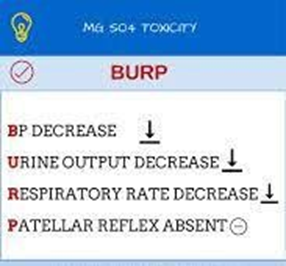A nurse is instructing a female client about how to check the basal temperature in order to determine if the client is ovulating. The nurse should instruct the client to check her temperature at which of the following times?
On the day 14 of her menstrual cycle
Every morning before arising
2 hours following intercourse
At noon after lunch
The Correct Answer is B
a. Not every woman ovulates on day 14 of her cycle, and the basal temperature only rises after ovulation, not before.
b. The basal temperature is the lowest body temperature during a 24-hour period.
It is usually measured first thing in the morning before any physical activity or eating. The basal temperature can indicate when a woman is ovulating, as it tends to rise slightly (about 0.5°F or 0.3°C) after ovulation and remain elevated until the next menstrual period. By tracking the basal temperature over several cycles, a woman can identify her most fertile days and plan accordingly.
c. Intercourse can affect the body temperature and give a false reading.
d. The basal temperature is influenced by factors such as food, drink, stress, and activity, so it should be measured before any of these occur.
Nursing Test Bank
Naxlex Comprehensive Predictor Exams
Related Questions
Correct Answer is D
Explanation
a. This is a component of a biophysical profile.
b. This is a component of a biophysical profile.
c. This is a component of a biophysical profile.
d. This is not typically assessed as part of a biophysical profile.
e. This is a component of a biophysical profile.

Correct Answer is B
Explanation
a. This is an important nursing intervention when a patient is receiving magnesium sulfate, as the medication can affect renal function.
b. Assessing cervix dilation is not related to magnesium sulfate toxicity.
c. This is an important nursing intervention when a patient is receiving magnesium sulfate, as the medication can affect neuromuscular function.
d. This is an important nursing intervention when a patient is receiving magnesium sulfate, as the medication can affect respiratory function.

Whether you are a student looking to ace your exams or a practicing nurse seeking to enhance your expertise , our nursing education contents will empower you with the confidence and competence to make a difference in the lives of patients and become a respected leader in the healthcare field.
Visit Naxlex, invest in your future and unlock endless possibilities with our unparalleled nursing education contents today
Report Wrong Answer on the Current Question
Do you disagree with the answer? If yes, what is your expected answer? Explain.
Kindly be descriptive with the issue you are facing.
